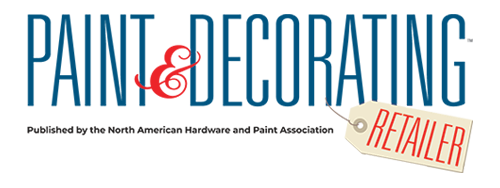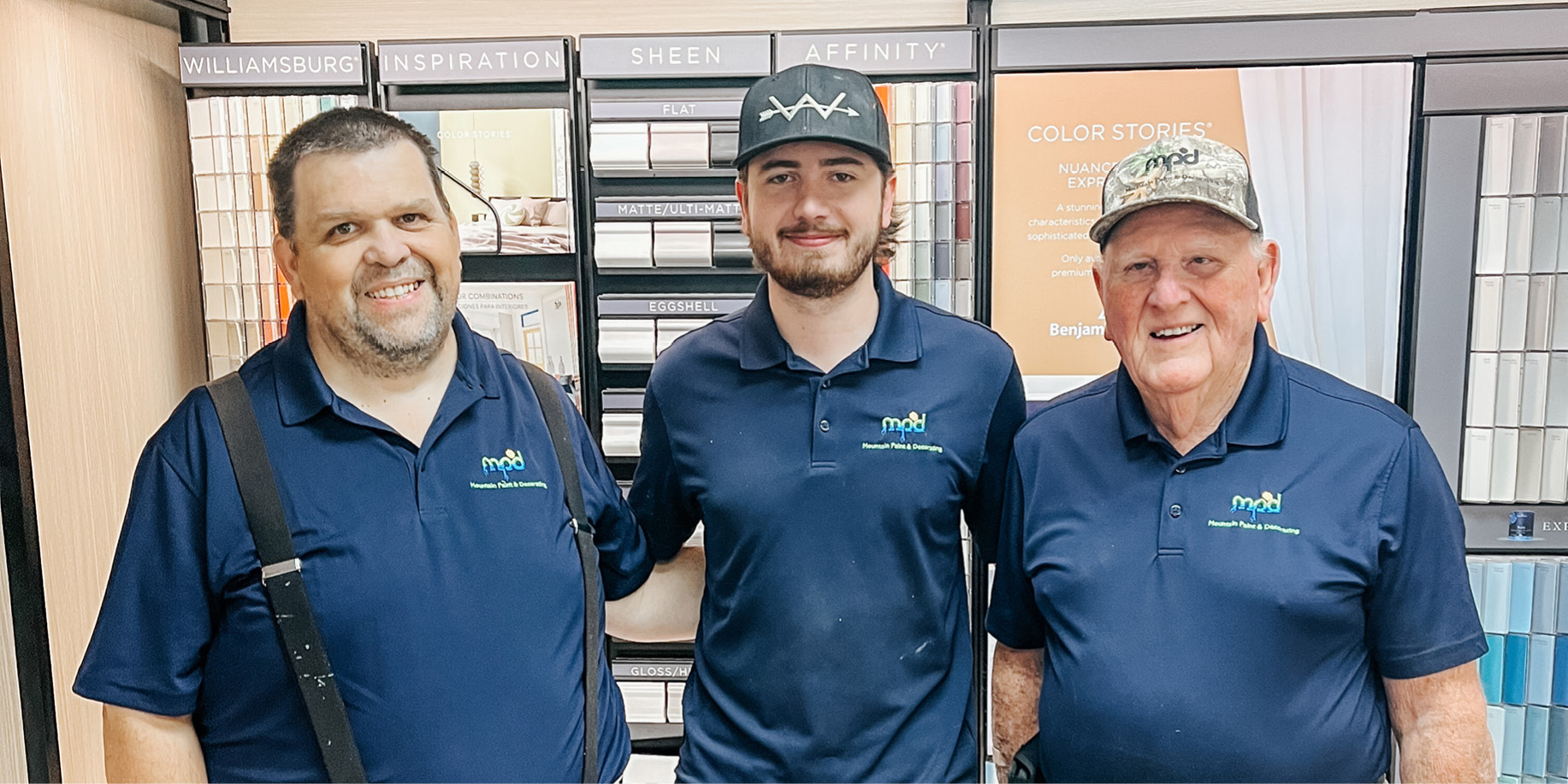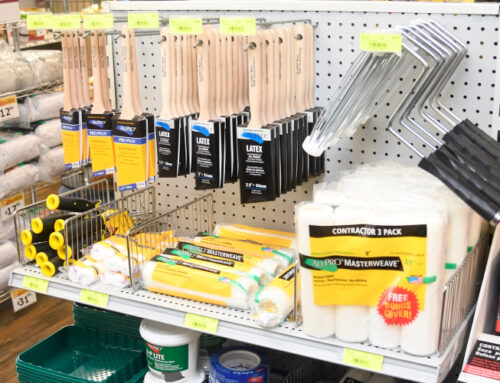From high performance industrial paint to garage epoxies and coatings, a specialty paint category is an essential department in any operation serving both commercial and DIY customers.
At Mountain Paint & Decorating, with three locations in Asheville, North Carolina, the coatings and specialty paint category is an important revenue driver, thanks to the expert education and service that owner Ted Hughes and his employees provide to customers visiting the store for specific projects. Nearly 70% of total sales at Mountain Paint comes from the coatings and specialty paint category.
“We carry a variety of specialty paints, from limewash masonry paint to metallic and chalkboard paint, concrete stains to industrial epoxies and urethanes,” Hughes says.
Hughes shares how he relies on intentional customer conversations and a curated product selection to move product in the coatings and specialty paints category.
Project Discussions
Mountain Paint’s coatings sales, and a significant portion of the store’s traditional paint sales, are not generated through traditional merchandising techniques such as elaborate product displays. At Mountain Paint’s Biltmore store location, specialty paints live out of sight of customers.
 The 5,000-square-foot store is divided in half by a firewall, with a retail salesfloor and the store’s merchandise on one side and a warehouse storing paints and coatings on the other side.
The 5,000-square-foot store is divided in half by a firewall, with a retail salesfloor and the store’s merchandise on one side and a warehouse storing paints and coatings on the other side.
“Our coatings section is a conversation piece for us because customers have to ask to see those products and then we can guide them to the right one,” Hughes says.
Hughes says customers don’t typically come in asking for a specific coating, but rather find the right products by talking to employees about a project they are working on.
“We have brochures out on the salesfloor, so customers can learn more about our coatings without asking us, but typically people walk in the store, tell us what type of project they are working on and we tell them what to do,” Hughes says.
With so many different variations, understanding specialty paints and coatings and knowing the best products to stock is a complex undertaking. Asking customers the right questions and offering them visual resources will help customers know how to use these products and the best projects to use them for, Hughes says.
Walking customers through their entire project, including the prep, application and cleanup, and presenting the information in a digestible way—especially when it involves a new product or the customer doesn’t have experience with the medium—is also important, ensuring the successful completion of their project and fewer errors.
the information in a digestible way—especially when it involves a new product or the customer doesn’t have experience with the medium—is also important, ensuring the successful completion of their project and fewer errors.
“For a garage coating for example, we will grab the kit out of the back and show and talk to a customer about what’s in the kit. We usually also print them a tech data sheet that has a lot of detail that you have to think about when working with some of these products,” Hughes says. “We walk them through the whole process.”







